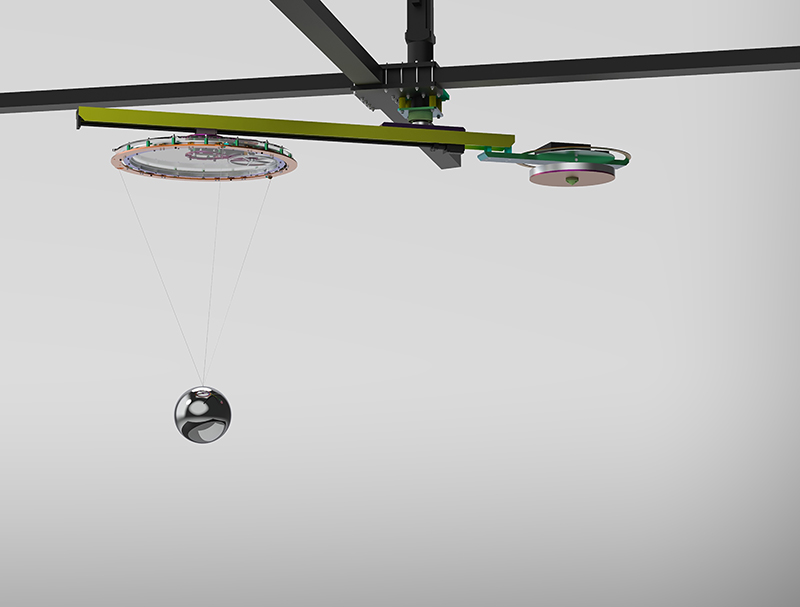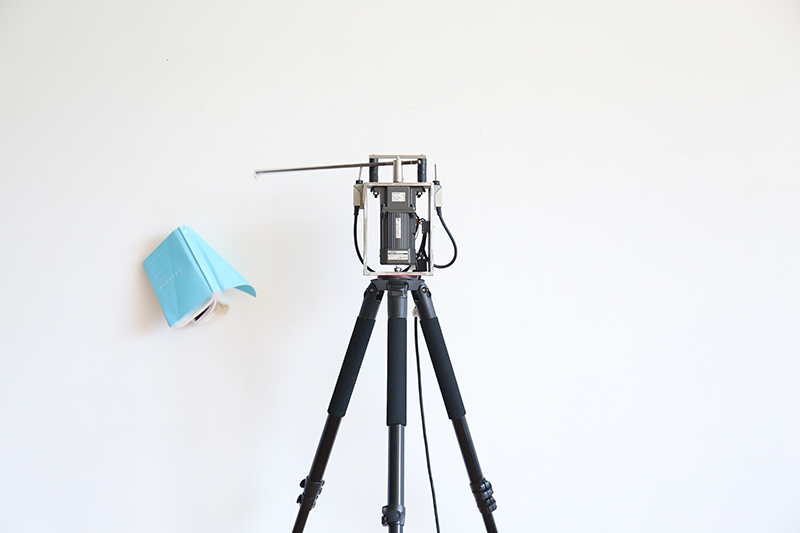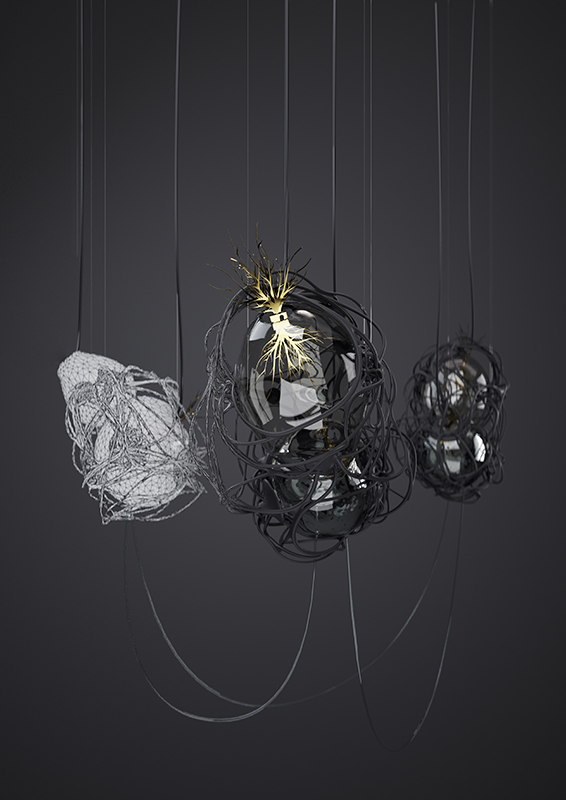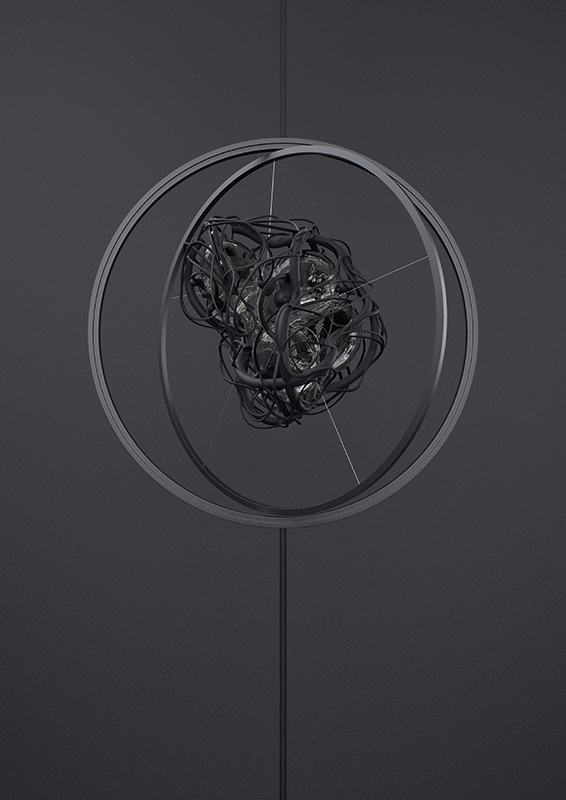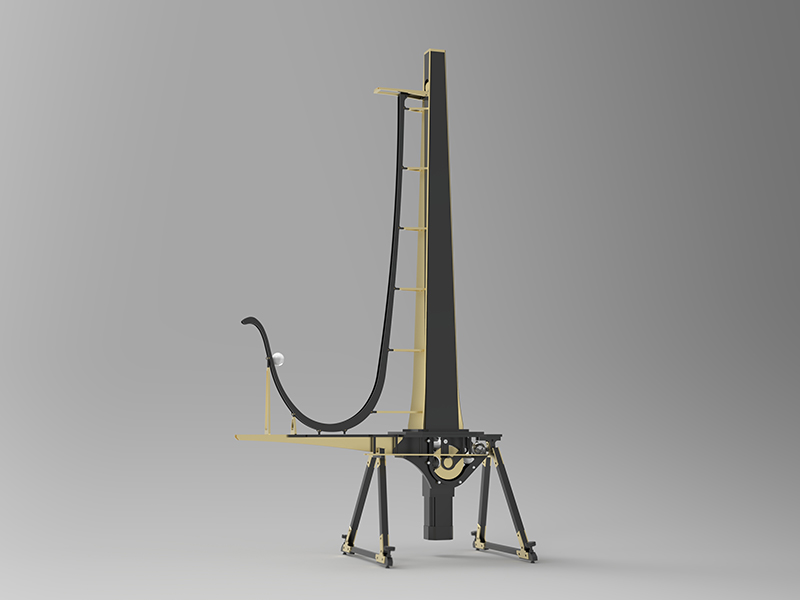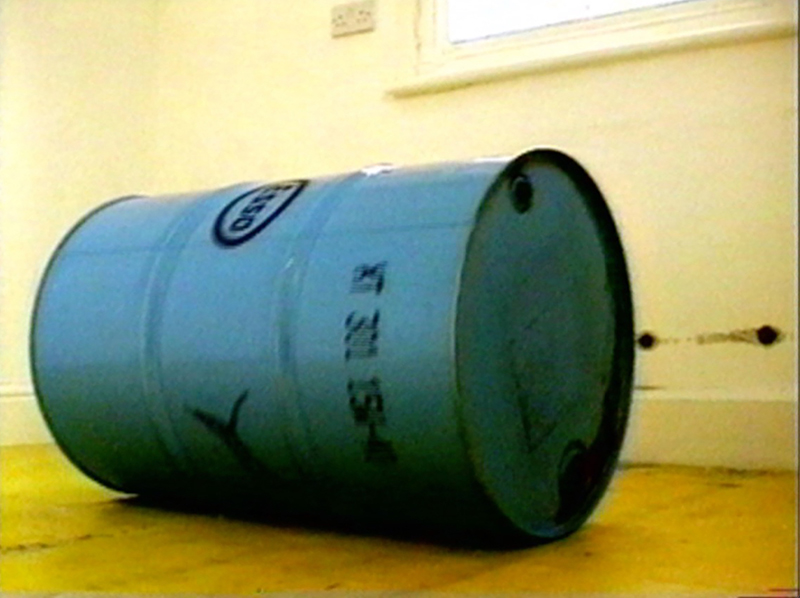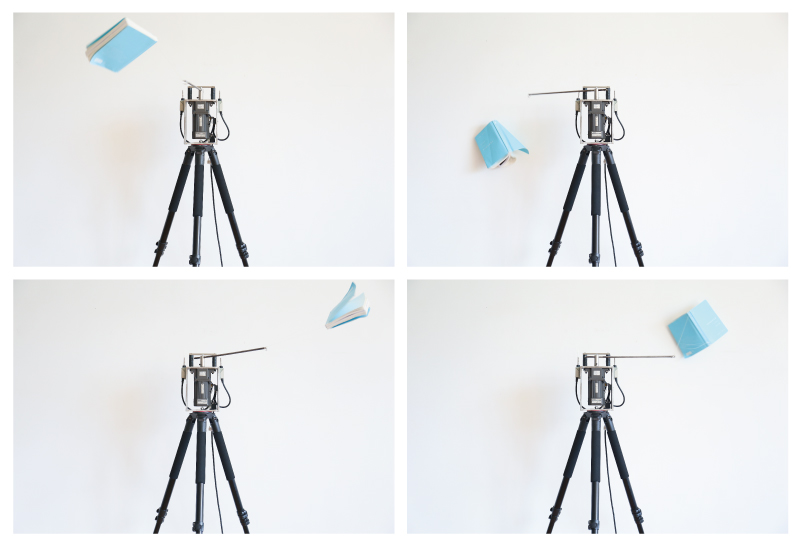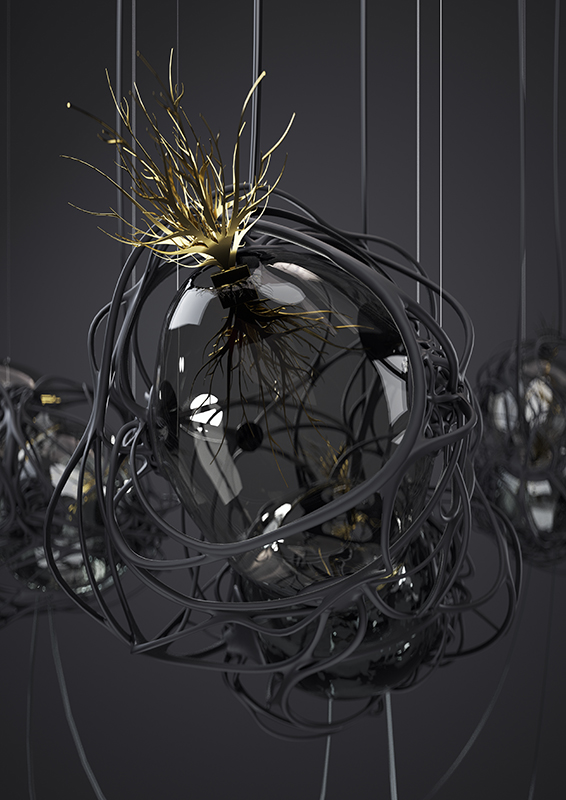The beauty of the machine is most visible when its parts are seen in motion, which is precisely what early-20th-century artists tried to do in painting, sculpture, and film. This idea, however, can only be fully realized when art itself becomes a mechanical device. This kind of machine art can be described as kinetic art—art that embodies movement. Kinetic artworks may have mechanical parts or not (mobiles), may be run by a motor or a computer, and may respond to external, environmental prompts.
The impact of the machine on everyday life also prompted wonderful popular art, such as the whimsical machine drawings of the British illustrator William Heath Robinson (1872-1944), and his American counterpart, Rube Goldberg (1883-1970). Their fantastical, complicated, improbable machines were designed to fulfil the most unlikely of tasks and their ridiculously funny inventions lived on in the movies. More recently, prompted by the internet, these pointless and engaging inventions have proliferated in ever widely ramifying forms.


